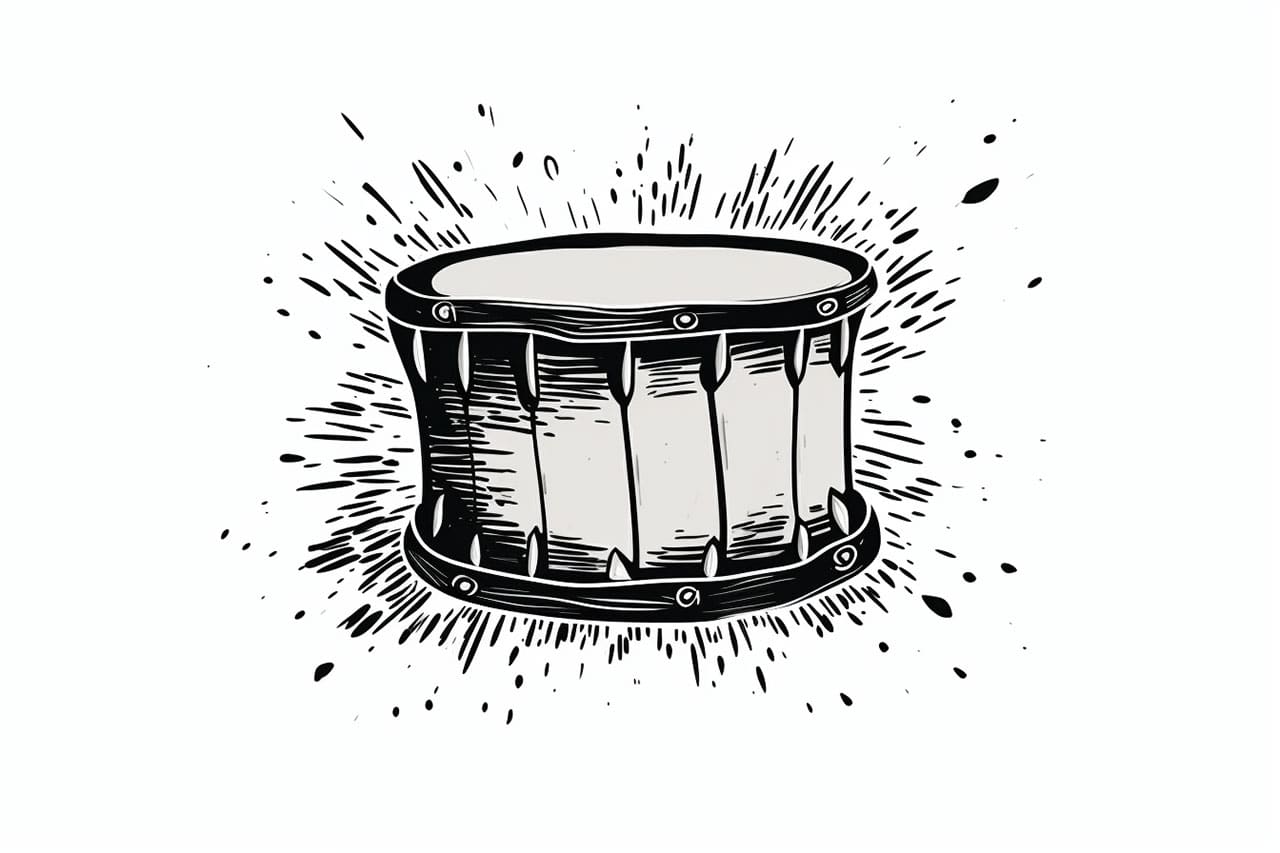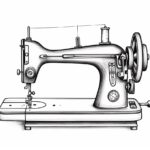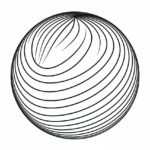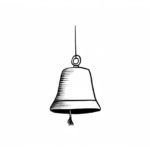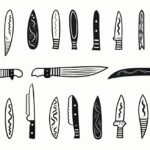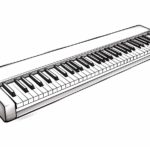Welcome to this step-by-step guide on how to draw a drum! Whether you’re an aspiring artist or simply looking for a fun and creative activity, drawing a drum can be a rewarding experience. In this tutorial, we will walk you through the process of drawing a realistic drum using basic geometric shapes and shading techniques. So grab your pencils and let’s get started!
Materials Required
Before we dive into the steps, let’s gather the materials you will need for this drawing:
- Paper: Select a sketch pad or any type of paper suitable for drawing.
- Pencils: Get a range of graphite pencils, from HB (medium) to 6B (soft), to achieve different tones and shades.
- Eraser: Have a soft eraser handy for correcting mistakes and smudges.
- Blending Stump or Cotton Swabs: These tools will help you blend and smooth out your shading.
With your materials ready, let’s move on to the steps of drawing a drum.
Step 1: Sketch the Drum Shape
Start by lightly sketching a large circle in the center of your paper. This circle will represent the center of the drumhead. Take your time and use light, loose strokes, as we will be refining the shape later on.
Step 2: Add the Drum’s Body
Below the circle, draw a slightly elongated oval shape to represent the body of the drum. Position it in a way that the bottom of the oval aligns with the bottom of the circle. This will give the drum a balanced look.
Step 3: Define the Drumhead
Now, let’s add some structure to the drumhead. Draw a smaller circle inside the initial circle, leaving a small gap between them. This gap will create the rim of the drum. Pay attention to the proportions and ensure that the drumhead is centered within the body of the drum.
Step 4: Add the Lugs and Tension Rods
On the rim of the drumhead, draw evenly spaced small circles around the circumference. These circles represent the lugs, which are used to tighten the tension rods and secure the drumhead in place. Make sure to maintain a consistent size and spacing for a realistic look.
Step 5: Draw the Drumsticks
Now, let’s draw the drumsticks for a complete composition. Extend two lines from the top of the drum body and angle them slightly away from each other. At the end of each line, draw a small oval shape for the drumsticks’ tips. Add some detail by sketching a line across the oval to represent the drumsticks’ taper.
Step 6: Refine the Drum Shape
Using the existing sketch as a reference, start refining the shape of the drum by darkening the outlines and adding more defined curves. Pay close attention to the proportions and make adjustments as needed. Take your time with this step, as it will bring more depth and realism to your drawing.
Step 7: Shade the Drum
Now it’s time to add shading to our drum drawing. Start by determining the direction of the light source. Imagine the light coming from one side, and shade the opposite side of the drum body and drumhead accordingly. Use a lighter touch for the areas that are less shaded and gradually build up the darkness for the shadowed areas. Blend the shades smoothly using the blending stump or cotton swabs to create a realistic look.
Step 8: Add Texture to the Drumhead
To make the drumhead look more realistic, let’s add some texture. Use your pencil to create small, irregular circular strokes across the drumhead. Vary the pressure and direction of your strokes to make the texture appear more organic. Pay attention to the areas around the lugs and tension rods, as they may cast shadows and affect the texture.
Step 9: Detail the Drumsticks
Refine the details of the drumsticks by adding more definition and shadow. Use darker tones on the side facing away from the light source, and gradually blend them into the lighter tones towards the tip. Add some lines along the drumsticks to emphasize their cylindrical shape. Don’t forget to shade the tips of the drumsticks to create depth.
Conclusion
Congratulations on completing your drum drawing! By following these step-by-step instructions, you have learned how to draw a realistic drum using basic shapes and shading techniques. Remember to practice regularly and experiment with different styles to further develop your artistic skills. Drawing musical instruments can be a fun way to express your passion for music through art. Now, grab your sketchpad and let your creativity flow!

